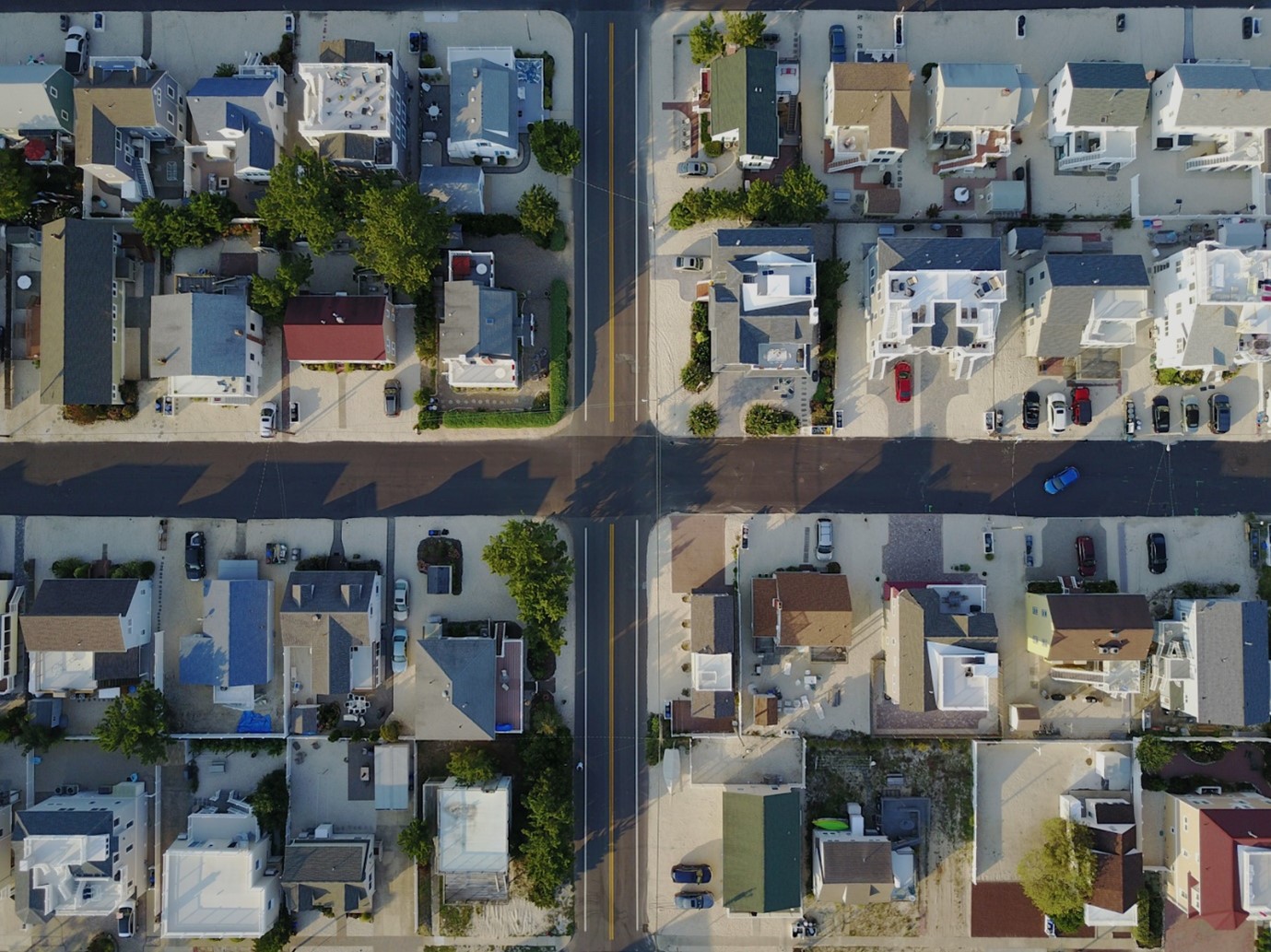In the post-pandemic world, has the Australian property market returned to ‘normal’?
Undeniably, the Covid-19 pandemic transformed Australia’s housing market. The early pandemic-induced closure of cities, coupled with unprecedented economic stimulus measures and interest rate cuts, sparked a profound shift in the real estate landscape.


